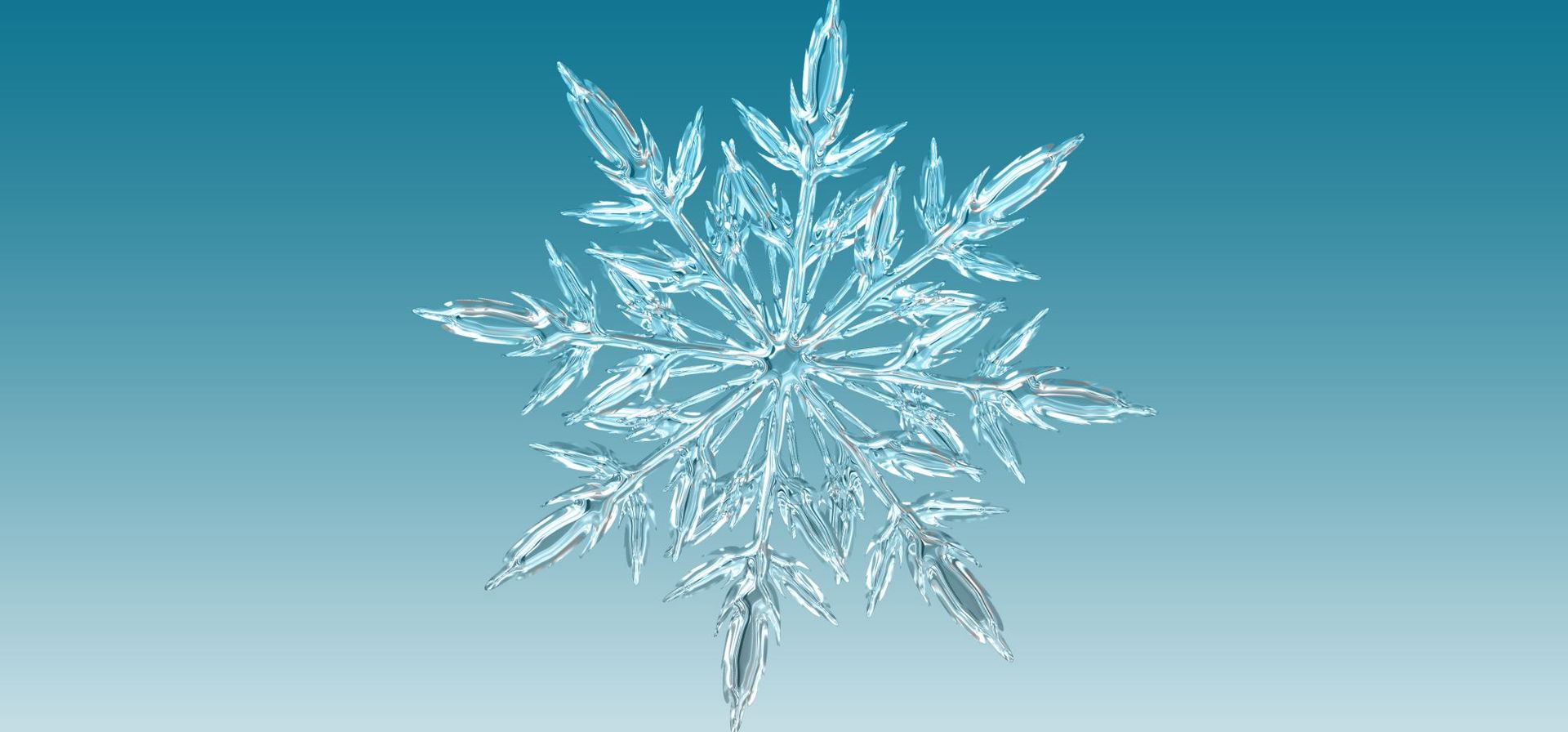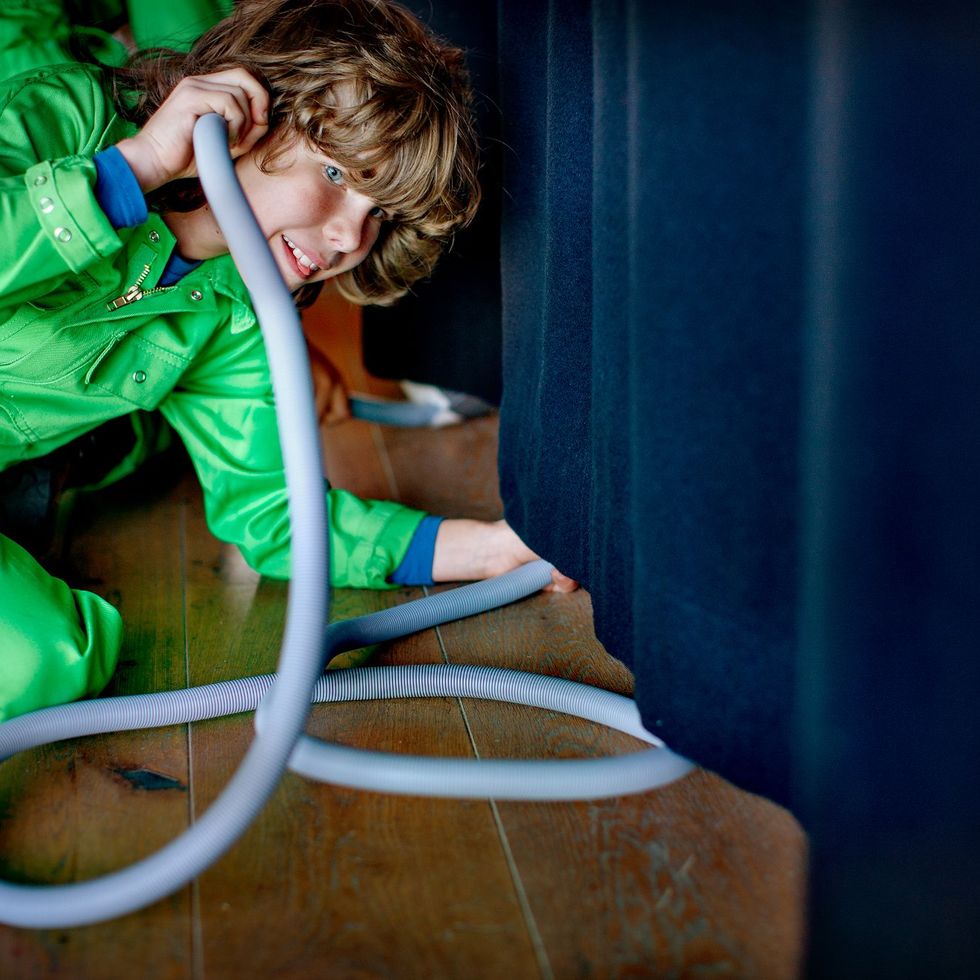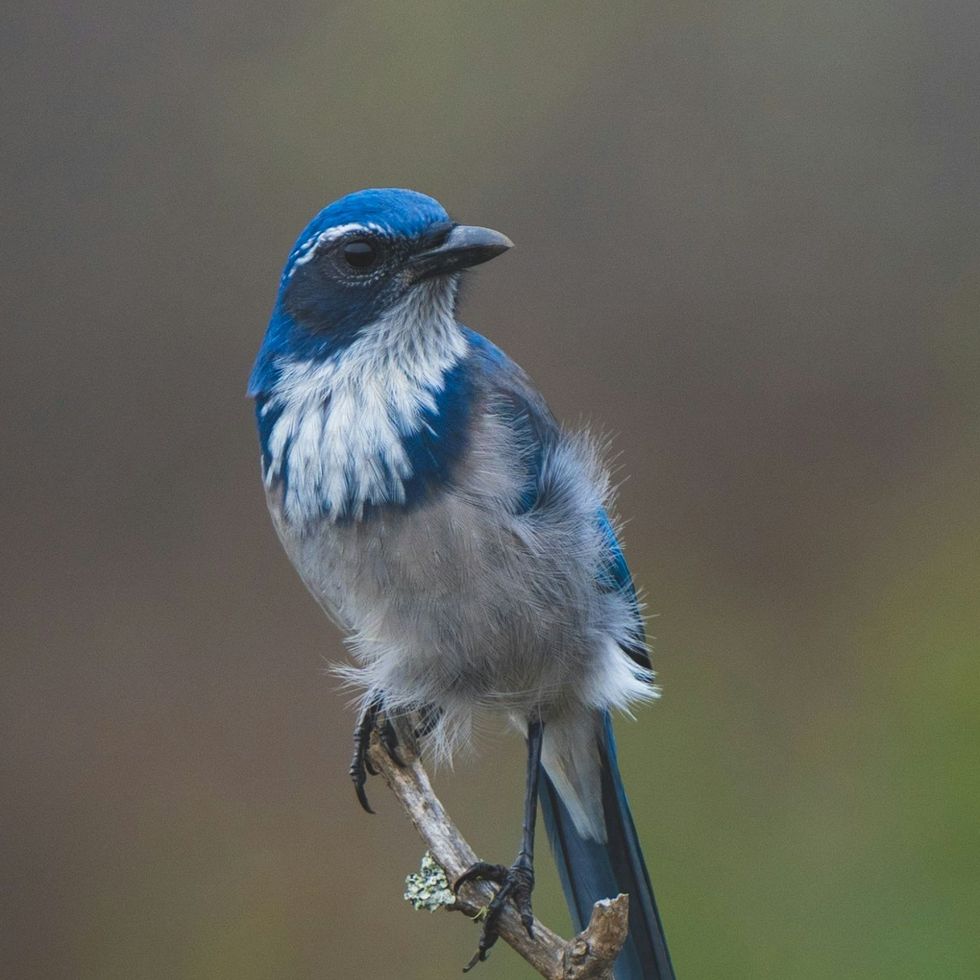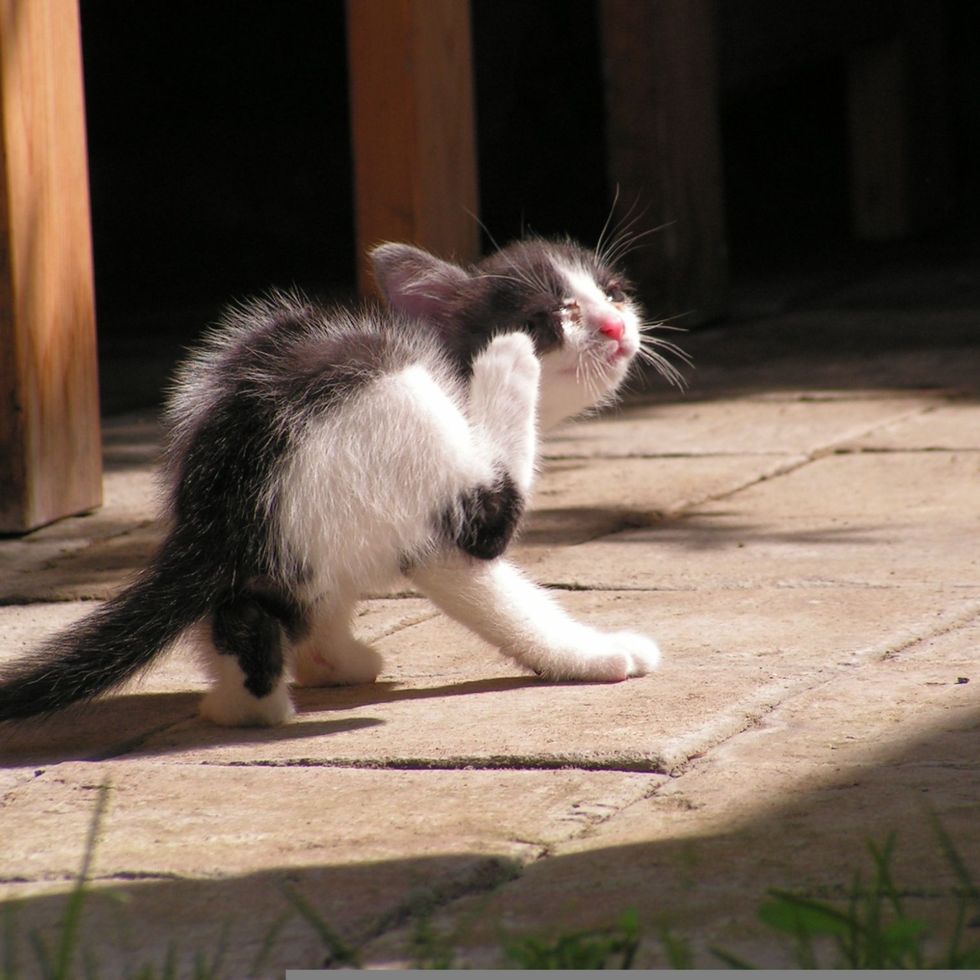Why are all snowflakes unique?

Why are all snowflakes unique?
Ever looked closely at a snow crystal? Their intricate, symmetrical patterns and branching structures are stunning. People often say no two snow crystals are the same – but is that true?
Crystal and flake
First, it’s important to know that a snow crystal is just one tiny, elegant shape while a snowflake is a bunch of crystals all clumped together. When people say that every snowflake is unique, what they actually mean is that every snow crystal is unique.
It all starts with a speck of dust floating through the air. As it moves, water vapour in the air clings to it and, layer by layer, a snowflake begins to grow.
If you zoom in very close, you’d see that water molecules have a bent or ‘V’ shape. Thanks to that shape, they naturally fit together in the same way every time. This leads to a distinctive structure in the growing ice crystal: each new water molecule clicks into place in a neat, six-sided pattern, forming a beautiful hexagonal framework.
Changing conditions
While drifting down through the sky, a snow crystal keeps growing, shaped by the constantly changing temperature and humidity around it. On its way down, the snow crystal might glide through chilly air, then suddenly hit a warmer patch. It could pass through damp layers and then get caught in a gust of cold wind. Conditions vary from second to second.
A snow crystal’s shape changes depending on the conditions it encounters. In humid air, it grows lots of branches. But in drier air, it keeps a simpler, cleaner shape.
Unique life story
Because each ice crystal spins and drifts through the sky entirely randomly, it experiences a unique mix of conditions along the way. In other words, each ice crystal has its own particular life story. And that’s why each one ends up with a different shape.
So it’s true: all ice crystals are unique!
Answered by Ans Hekkenberg





